How We Reopened: Spaces, Schedules and Systems
A MiddleWeb Blog
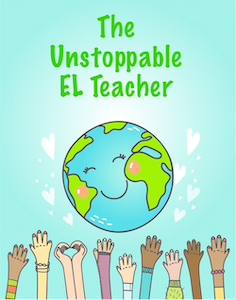 Tan Huynh is a career educator specializing in language acquisition who immigrated to the U.S. as a child. He’s taught in New Orleans and Philadelphia and now teaches internationally. He is currently on the faculty at the Saigon South International School. His March post 5 Virtual Teaching Strategies We’re Using is currently MiddleWeb’s “most read” of 2020.
Tan Huynh is a career educator specializing in language acquisition who immigrated to the U.S. as a child. He’s taught in New Orleans and Philadelphia and now teaches internationally. He is currently on the faculty at the Saigon South International School. His March post 5 Virtual Teaching Strategies We’re Using is currently MiddleWeb’s “most read” of 2020.
My school in Viet Nam followed government mandates to close the campus on February 2, 2020, and after months of offering virtual learning, we have been given the green light to reopen our schools after passing the government’s COVID-19 safety measures.
The goal of this article is to describe the things we have done to follow our government mandates to reopen our school. My context might differ from yours, so please adapt and modify these ideas to fit your particular context. Even though our situations may be different, some of our steps might spark your own thinking. (Editor’s note: Reported cases in Vietnam never reached 350 and no deaths were recorded as of June 4.)
Our new protocols fall under three categories: 1) space, 2) schedules, and 3) systems – including hygiene. Regardless of the size and type of school, most schools everywhere will have to address these three categories.
Student desks pushed 1.5 meters apart.
Spaces
A reopened school will look physically different. We had to rethink the common spaces we use and the physical proximity of people when they were allowed to be together. As physical distancing is key to retarding the spread of the virus, we have taken many measures to ensure that we follow social distancing guidelines for our common spaces. They include:
►Classrooms: We spaced students’ desks 1.5 meters (about 5 feet) apart. Desks are also facing one direction, following the guideline from the World Health Organization. We also removed lounging rugs and cushions to prevent students from congregating.
►Hallways: We have stuck large (7”) blue dots 1.5 meters away from each other to show students how far they should be from each other when walking in the hallways. We also have tape to divide the hallways to indicate to students that they must walk on one side of the hallway in a single-file line.
►Recess: Students are not allowed to play basketball, but they are allowed to play football (soccer, not American football!). They are allowed to be on the playground equipment. A teacher is assigned a duty in each part of the playground to remind students to maintain social distancing.
►Cafeteria: Our school has picnic-style tables with benches on both sides. We have taped off one side of the table to make sure students are sitting facing the same direction. We also marked off each bench with a blue dot to indicate that only one child can sit on a bench.
►Libraries: We have taken the large rugs out and replaced them with cushions that are spaced 1.5 meters away from each other. Half of each sofa is taped off to ensure physical distancing. Arm chairs and cushioned stools have been spaced 1.5 meters apart. As the library is often a study space, we are only allowing one student per table.
Cafeteria arrangements to maintain physical distancing.
Schedules
To reopen, we had to prove to the government that we had protocols to prevent large crowds of people from congregating. This meant restructuring our schedules and changing them so that different groups of students use the space at different times.
►Staggered arrivals: To prevent large crowds from gathering, we have staggered arrivals and departures for students.
• Elementary: 7:30 AM with a staggered afternoon dismissal
• Middle: 8:30 AM & 3:30 PM
• High: 8:45 AM & 3:45 PM
►Staggered dismissals: While the middle and high school students are old enough to leave campus without being escorted by a family member, the elementary school has a protocol. Our covered plaza has been repurposed into a dismissal area for the elementary school students. The area is marked off by dividers, tape, and the now ubiquitous blue dots. Each grade leaves for the plaza at their specific dismissal time. There is a 15-minute window between the times that teachers lead students down to the plaza for their grade’s dismissal.
Parents wait, socially distanced on their blue dots, in lines outside the gate. At a designated time, they are allowed to walk through the gate and pick up their child. They also undergo a temperature screening.
No one is allowed to linger on campus. Students who have not been picked up during their 15-minute window are led to a student waiting area in the lobby, where chairs are set out 1.5 meters apart. Fourth and fifth graders may walk home or to their parents waiting in cars parked on the streets.
A diagram for elementary school student-dismissal process.
Systems
This category encompasses both space and schedules. These measures require lots of moving parts to work in symphony.
►Meals: We have a high school cafeteria and one shared between the middle and elementary school. To keep with physical distancing measures, elementary school students now eat in their classrooms. Students can order their meals in the morning. The cafeteria then prepares them in advance. Before lunch starts for the elementary school, the meals are brought to each classroom, and students eat at their desks. Teachers support students as students clean off their desk afterwards.
The middle and high school students still use the cafeteria but on a rotating schedule. For example, while sixth graders are eating in the cafeteria, seventh graders are in their homerooms reading, and eighth graders can choose between the gym, the library, or playing outside. Then sixth graders move to their independent reading in their homerooms, seventh graders are outside, and eighth graders go to the cafeteria.
►Hygiene: All students, educators, and employees of the school have their temperatures checked before entering. Everyone is required to wear a mask in the hallway and common areas. The Vietnamese government stated that mask wearing while in classes is a decision made on an individual level.
Across all grades, from elementary to high school, students are to be given hand sanitizer as they enter the classroom. Before eating meals, students are to wash their hands. Furthermore, students who come from recess or outside are to wash their hands. Finally, we stop class three to five minutes before the period ends to have students disinfect their tables and chairs.
►Graduation: We count ourselves lucky to be one of the few schools to be able to host a graduation ceremony. The ceremony will be held on our outdoor field, which is as large as two soccer fields put together. We have rented large tents to house graduates, only two members of their immediate families, and teachers.
Each tent holds 30 people, and the chairs will be spaced out 1.5 meters apart. Because we are in the tropics, we will host the ceremony at 8 AM, which is the least likely time for a monsoon downpour (these typically occur in the afternoon or evening).
Blue dots and tapes are used to visually remind people to maintain physical distance.
Our students are settling into the routine
These necessary measures are rather annoying, time consuming, and exhausting. Yet, when students came back, we noticed that they settled into the routine rather quickly and with ease. My fifth graders dislike eating at their desks, but they disliked the social isolation of being at home even more.
My students dislike us reminding them to wear their masks properly and to maintain physical distance, but they will trade that annoyance for the opportunity to be together in the same room, learning in-person again. We are so fortunate to close out this year reunited on campus. All the measures we have in place make having this opportunity to book-end this year physically worth it.
I know that each school’s opening process will look different – as it should. I just hope to share that in the end, it is worth it to have students back on campus if possible. Their smiles and laughter are a reminder that school is more than a place to learn. School is a place for communion where culture is built one interaction at a time.

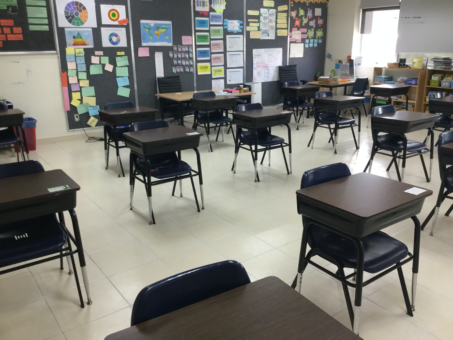
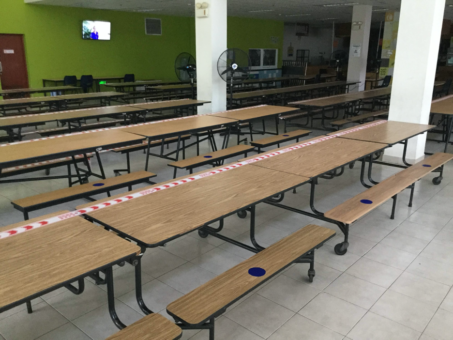
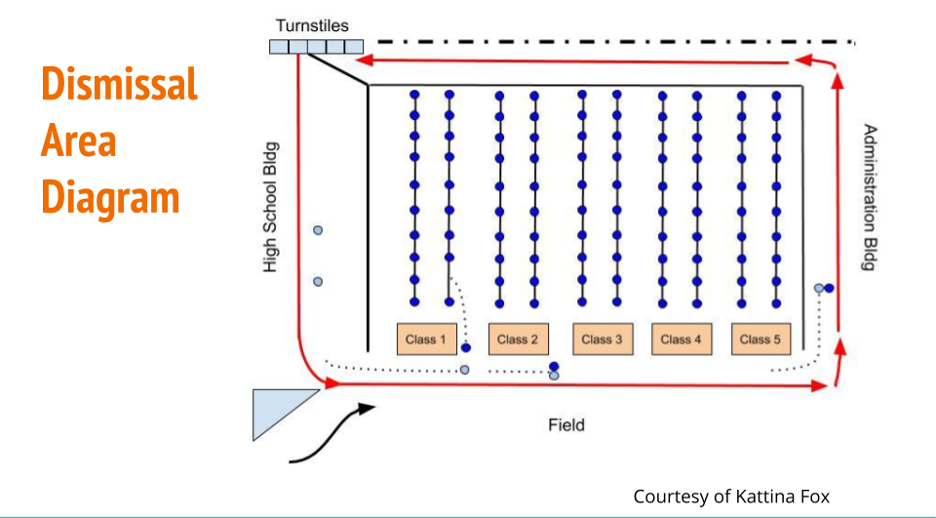
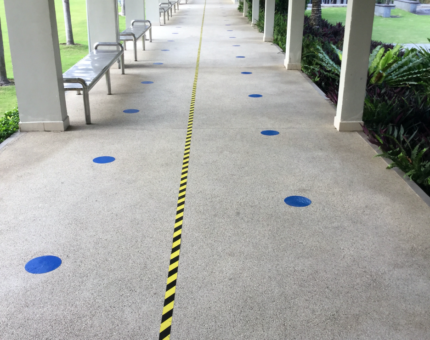
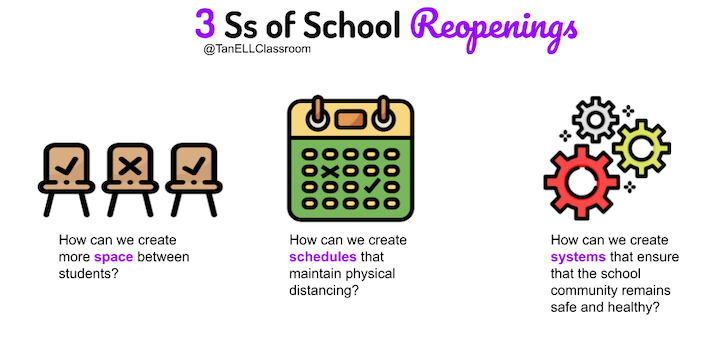


































This is great! Thank you for sharing your practices in Vietnam. And good luck!
Thank you, Eva. I hope they support you and your school as it looks to reopen.
Beautiful. Thanks for sharing.
Thank you for sharing, as you always do!
Thank you. I appreciate your comments about the frustration!!
I agree! It will be better to rejoin than remain isolated!
Hi, Veronica.
Agreed. Once our kids came back, all of the annoying messages were worth it. We learned to live with them because our students were back. That’s what really mattered in the end. Wishing you all the best as you journey through this.
Thanks. Great ideas that will work to keep our children save and staff as well.
Thanks for coming up with a plan that will save lives, continue education in a live classroom setting and provide students the opportunity to communicate with their teachers and peers.
The plan seems to be working and was thought through well. Although many students will not like all the measures they have to go through, I am assured that being out of the house and being back at school with their peers will all be worth it.
Can you update us on how the plan has worked out so far?
Hi, Constance.
Thanks for connecting with me. I hope you’re having a great summer and a break from all of the craziness.
The students did like coming back, and to be honest, it was really hard to maintain social distancing as much as we tried. We were happy to see them back and end the year in person. All the small annoyances were still bearable because teaching in person is much more rewarding and relational.
Enjoy the rest of your summer! Stay healthy and keep on recharging your batteries.
EDITOR’S NOTE: To draw a distinction, as we noted near the beginning of this post, “Reported cases in Vietnam never reached 350 and no deaths were recorded as of June 4.” A BBC news story (5/15/20) explains how this was possible in a nation with strong central control. The USA experience, in particular, has been quite different. The JHU Gobal Covid Project reported 372 cases and no deaths in Vietnam as of 7/12/20.